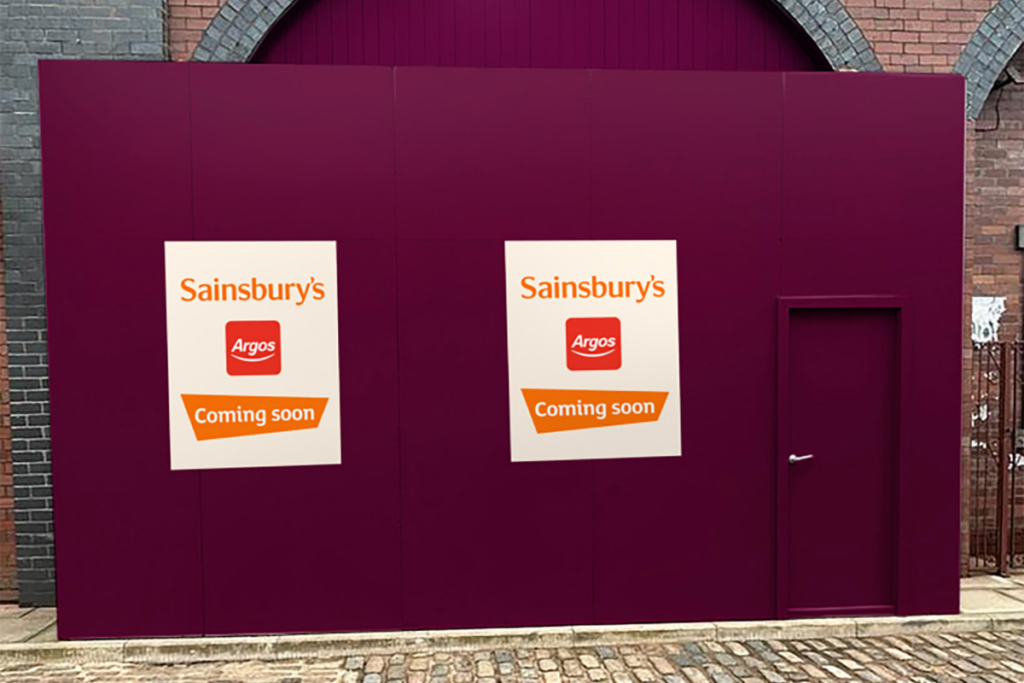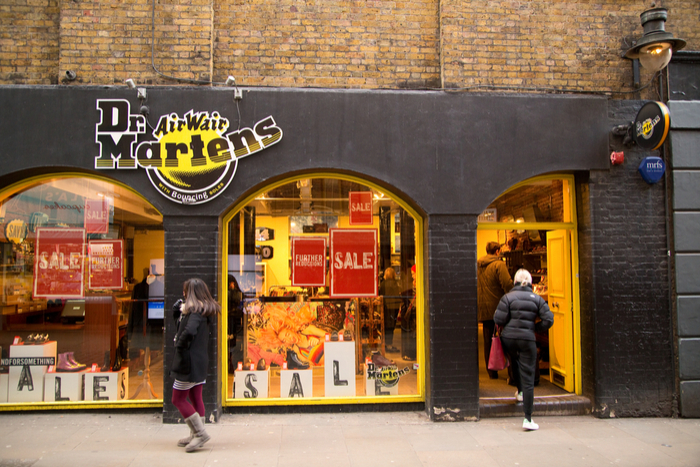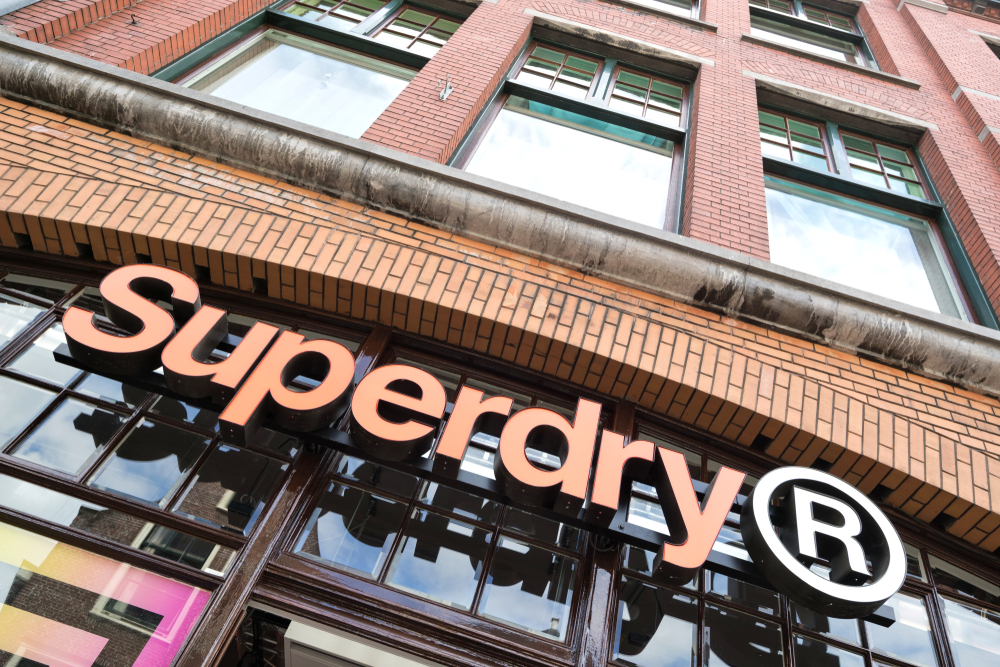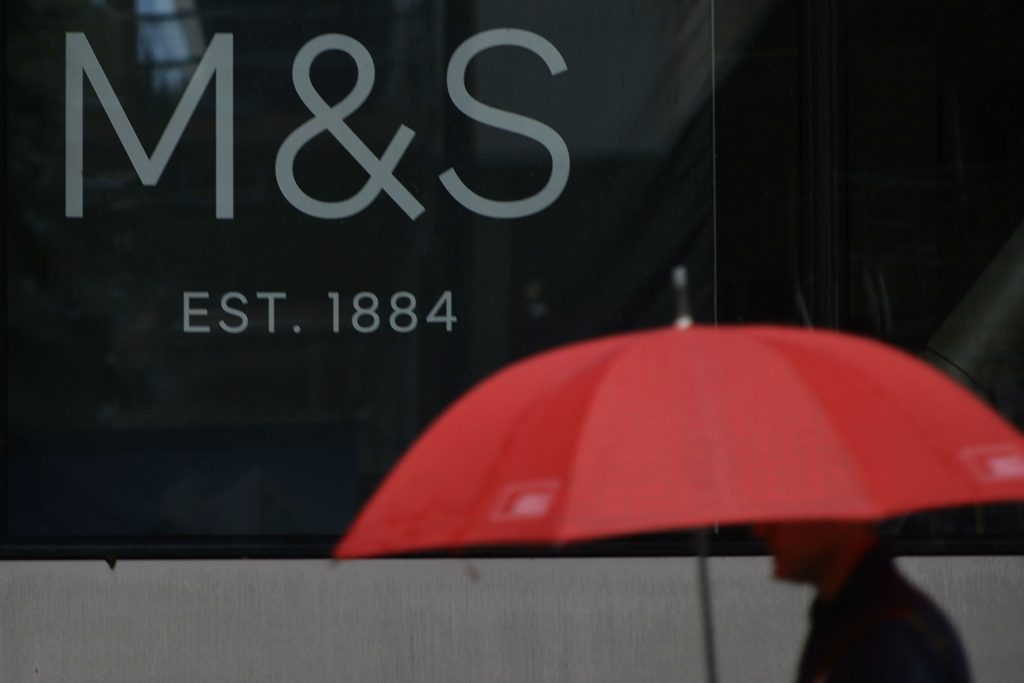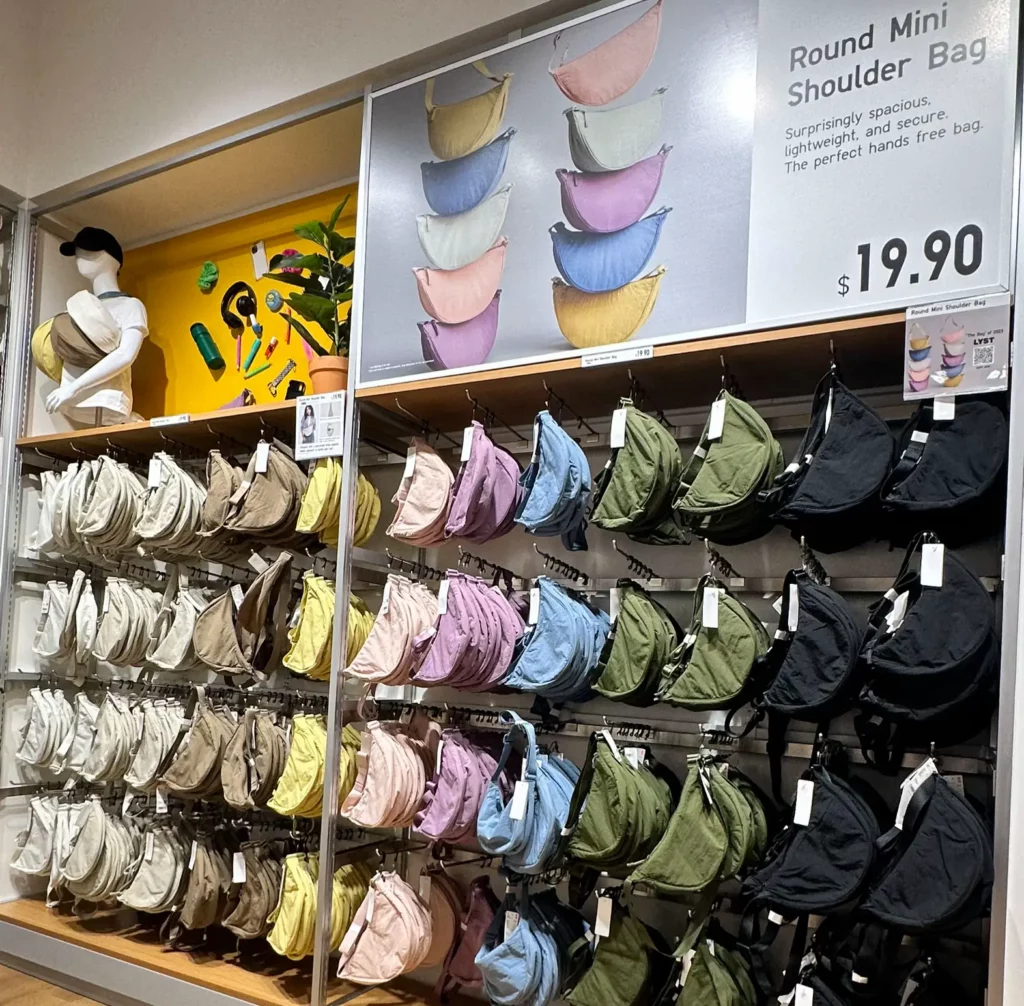“The government just haven’t got it. They need to take some responsibility for the high street’s decline.”
The Entertainer’s chief executive Gary Grant is far from the only prominent figure to blame business rates for the worryingly extensive roster of retailers facing insolvency or administration.
Last month, books retailer Foyles largely blamed their £88,791 loss on the rise in business rates, while fresh research from real estate advisory group Altus suggests that business rates rises were a key factor in House of Fraser’s recently announced CVA.
In January, Argos chief executive John Rogers said it was “it is no surprise the profit warnings tended to be from those companies that predominantly have a high street presence, because they are paying a cost to their business that’s not borne by most of their online competition,” joining MPs from the influential Treasury Select Committee in his criticism.
The list of the tax’s critics is almost as long as the list of retailers large and small who are struggling to make ends meet in the current retail climate.
But just how much of the blame for the high street’s current woes can be pinned on this controversial tax?
“The fundamental issue is persisting with the link between rates liability and property value”
“Unsecured borrowing in March was the least since November 2012 chiming with the recent drop in consumer confidence and rise in saving intentions,” Altus Group’s head of UK business rates Robert Hayton told the Retail Gazette.
“Add to the mix the already lethal cocktail of increased operating costs for the national living wage and apprenticeship levy against a backdrop of rates bills having rose by more than a fifth before the revaluation creates the perfect storm for 2018 being the year of the CVA.
“Business rates are rarely the sole driver for insolvencies but certainly a contributory factor being one of the least negotiable taxes and the hardest to defer.”
Placing the sole blame for a very complex and multifaceted issue on a single piece of legislation is always going to be reductionist, and could cause more problems than it solves.
That said, unlike wider economic burdens that cannot be controlled, such as customers’ exodus away from physical retail or the fall in the value of the pound, business rates stands out as a seemingly unnecessary weight on retailers’ shoulders.
This is largely due to the fact it is based on an outdated framework for retail, failing to account for the lightning-fast, but never unexpected rise of online players.
As Richard Roberts, head of retail at independent legal practice Brabners, points out, traditional retailers are hindered by their reliance on high footfall properties.
“High-street vendors have far less choice about where they locate their stores than ecommerce businesses who enjoy the geographical freedom to base themselves in more remote locations, which benefit from far lower rateable values,” he said.
“The fundamental issue is persisting with the link between rates liability and property value, meaning high-street retailers are punished because they need to have a physical presence in high-footfall, high-value locations.
“Unless the link between property value and business rates is severed, we will see increasing numbers of outlets forced out of urban centres leading to more boarded-up units and high streets with little variety beyond charity shops, £1 retailers and pop-up traders.”
Since the initial rates rise came into effect last year, both the Chancellor Philip Hammond and newly-appointed Home Secretary Sajid Javid have promised change.
The most concrete effort to alleviate pressure was announced in the Autumn Budget last year. Hammond announced that the inflation measure used to calculate the rates would move from the Retail Prices Index (RPI), to the lower Consumer Price Index (CPI).
Though the move was largely welcomed, Roberts described it as “the government re-arranging the deck chairs on the Titanic”.
Hayton added that despite the headline £2.3 billion reprieve the industry would enjoy as a consequence of this change, it is but a drop in the ocean of the overall costs of the tax.
“Even with business rates rises limited for this financial year to last September’s CPI rate of three per cent, that still drove business rates bills from April for 2018/19 up for the embattled retail sector by £226 million,” he said.
With a further 55,000 retail businesses having to deal with yet more rises this year, it’s no stretch of the imagination to assume the current “retailpocolypse” will continue if no more effective measures are taken.
“Internet retailing is convenient, but will lead to the substantial extinction of the high street if left unchecked”
Tinkering with the legislation has already been proven not to work, the issues with it are so fundamentally imbedded, the only solution has to be a complete overhall.
“The government must use the ongoing high street crisis and threat to high street businesses by accelerating the commitment to level the playing field as part of a coherent approach to taxing the digital economy,” Hayton said.
“Internet retailing is convenient, but will lead to the substantial extinction of the high street if left unchecked. Extra taxes raised from digital businesses could be ring fenced and invested in encouraging people back to our high streets.”
Change may well be on the horizon. A review of the business rates system was launched last month, with Valuation Office Agency boss Andrew Hudson taking the reins.
Furthermore, this week a cross party group of MPs in the form of the Housing, Communities and Local Government Committee, have launched an inquiry into the decline of the high street, inviting submissions to consider what town centres may look like by 2030.
Though the outcome of these reviews remain a long way off, the number of retailers sounding the alarm has clearly caught the attention of the government. The burning question now is how many more casualties will be sustained while a solution is being found?
Click here to sign up to Retail Gazette‘s free daily email newsletter





